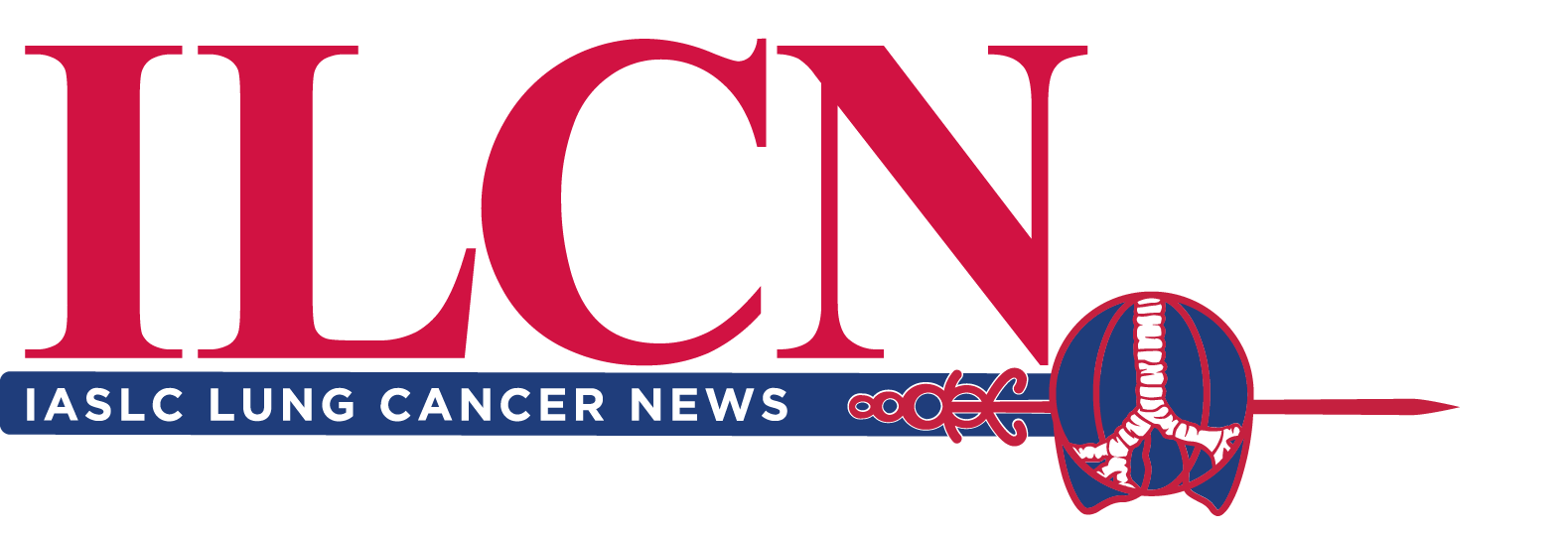
Accurate diagnostic criteria for tumor invasion are essential for precise pathologic tumor (pT) staging. Recently, the IASLC Pathology Committee suggested new criteria for assessing tumor invasion, but the clinical usefulness of the proposed criteria has not been evaluated. Tumor invasion in lung adenocarcinoma is defined as infiltration of stroma, blood vessels, or pleura.
In the 8th Edition of the TNM Classification for Thoracic Cancers, significant changes were made for non-mucinous lung adenocarcinoma, where the tumor staging changed to evaluate radiologic solid tumor size for clinical tumor (cT) staging and to measure invasive tumor size for pathologic tumor (pT) staging. However, significant interobserver variability in assessing tumor invasion remained a hurdle for precise pathologic tumor staging.
To evaluate the proposed IASLC criteria for updates to the 9th edition of the TNM classification, researchers from Samsung Medical Center in Seoul, Korea, analyzed 1,295 patients with resected part-solid lung adenocarcinoma from January 2017 to December 2019. Their findings were published November 2, 2023, in the Journal of Thoracic Oncology, the official journal of the IASLC.
“This is the first study evaluating the clinical significance of the IASLC-proposed criteria for invasion, and we found the proposed IASLC criteria offered better alignment with clinicopathologic risk factors and improved prognostication,” said study author Hong Kwan Kim, MD, PhD, of the Department of Thoracic and Cardiovascular Surgery at Samsung Medical Center and Sungkyunkwan University School of Medicine. “However, we recommend further studies to assess the impact of the IASLC criteria on treatment decisions and patient outcomes,”
The revised pathological stage was determined by the extent of the newly measured invasive component using the IASLC criteria. The primary outcome was to compare the performance of revised pT stage with conventional pathological stage in predicting recurrence-free survival and proof of invasion status (ie, recurrence or lymph node metastasis). The secondary outcome was the correlation with radiologic surrogates of tumor invasiveness (Consolidation-to-tumor ratio [CTR] and maximum standardized uptake value [SUVmax]) and pathologic risk factors.
The re-evaluation resulted in a 22% downstaging and 2.5% upstaging of pT, which improved the correlation with radiologic (CTR and SUVmax) and pathologic risk factors. The revised pT staging allowed for more accurate discrimination of RFS than the conventional pT staging (c-index = 0.794 vs. 0.717). Moreover, the revised pT staging significantly improved the prediction of recurrence or lymph node metastasis (area under the curve = 0.818 vs. 0.741, p<0.001).





